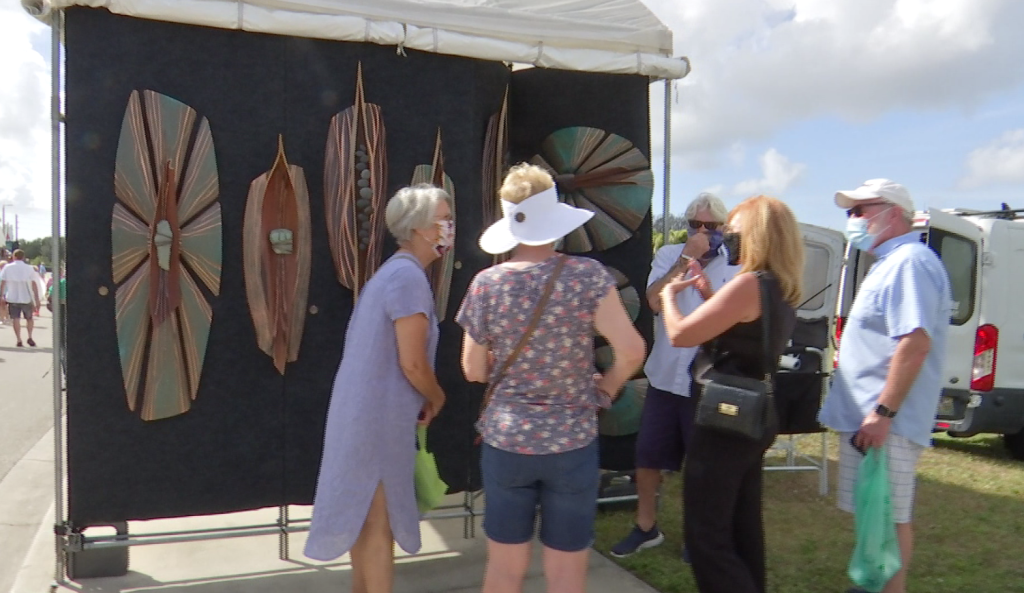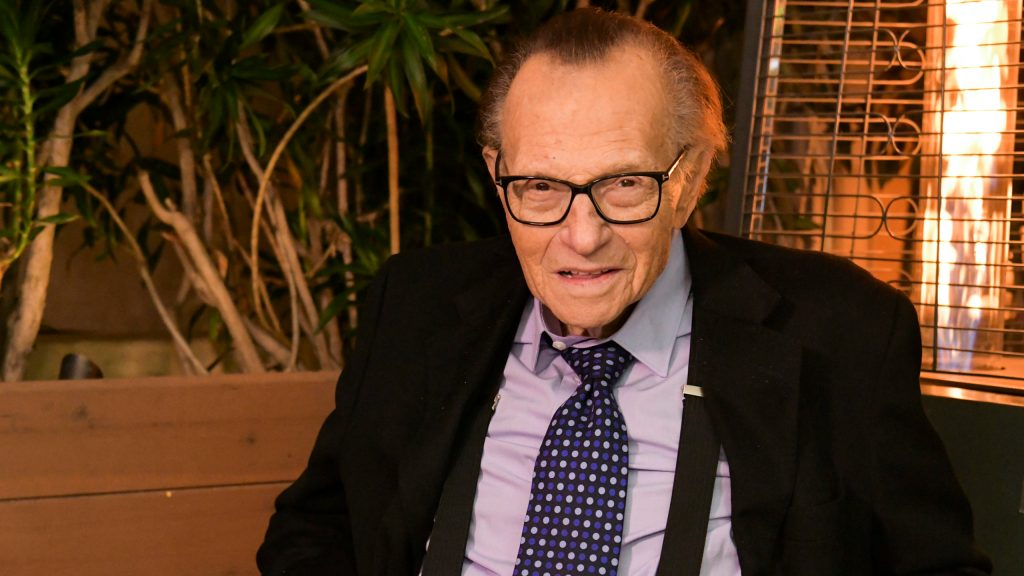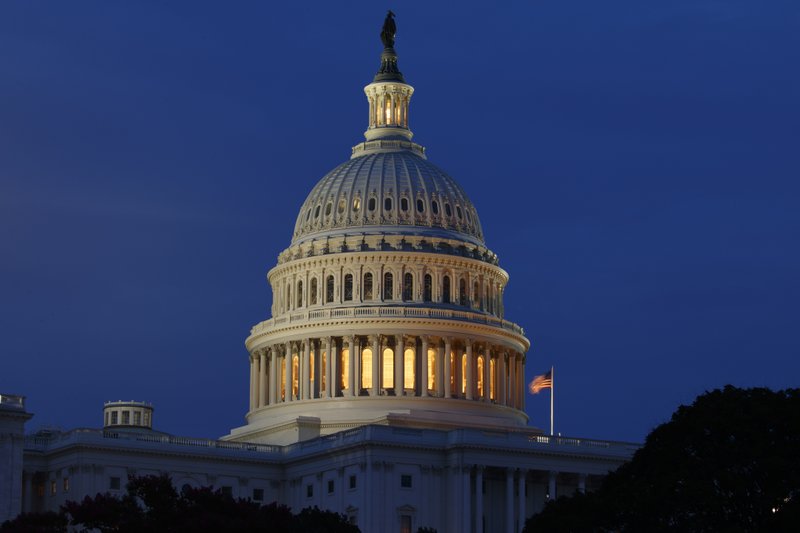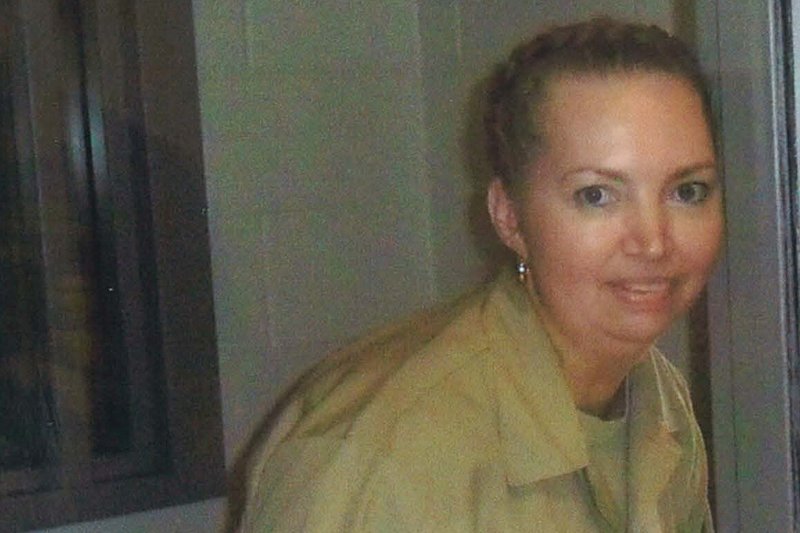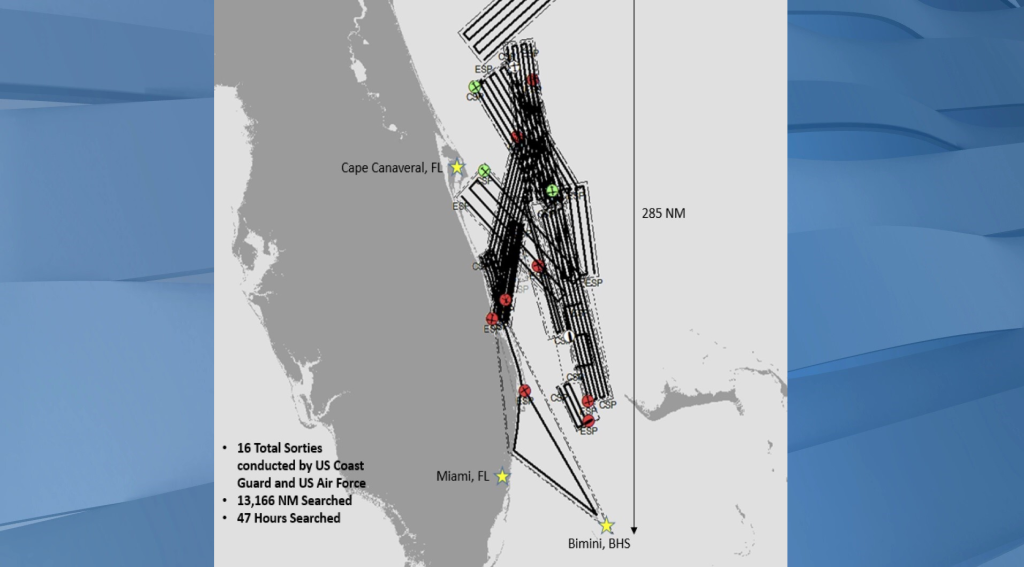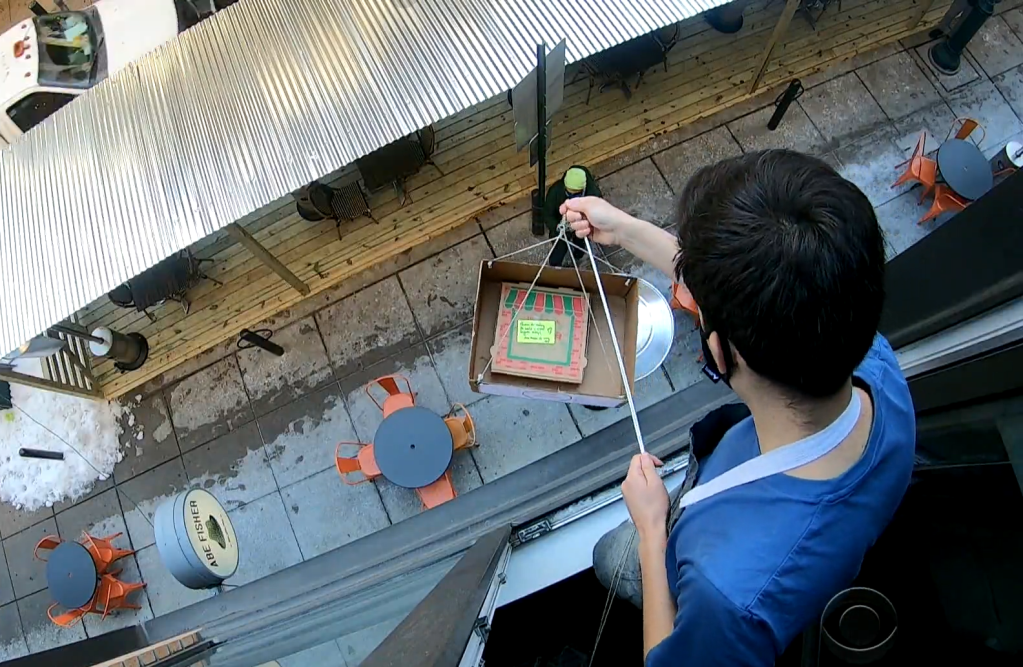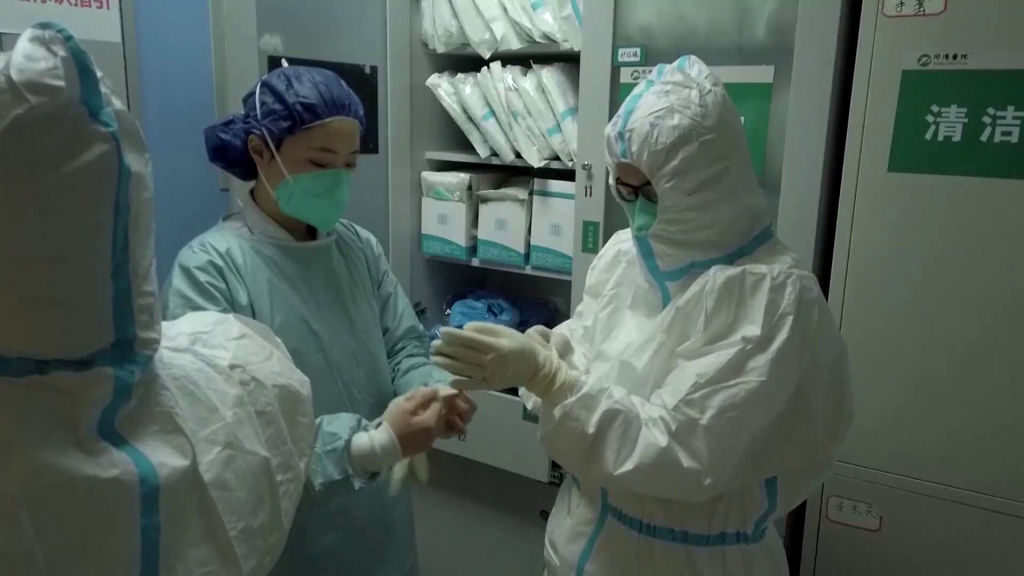The Estero Fine Arts Show came at a time when artists need it most. After the fine arts industry was hit hard by the pandemic, they were thankful to get to show off their talents, even with a few changes.
These artists have now been preparing for months to display their skills virtually. Hot Works Fine Arts Show sought to bring some normalcy back to the fine arts circuit.
This is the third time this art show has taken place at JetBlue Park, but this time there are 6 feet separating each vendor, aisles are at least 16 feet wide, hand sanitizer is available at each station, and face masks are recommended.
Todd Vaughn is one of the artists. “It’s good actually for right now. The attendance is good and hopefully, it picks up a little more.”
The event gives them the opportunity to discuss the inspiration for their art with those who visit their stands. The artists have missed those conversations these past few months.
Frank Picardi was one of the visitors and he was happy to listen. “The artists that are here now, I spoke to about three or four artists, and they love it here and they move their product which is part of being here.”
Picardi and hundreds of others who attended on Saturday were able to help these artists get back on their feet.
While the number of artists they were able to showcase this year was cut in half, longtime organizer Patty Narozny knows how much the opportunity means to those who were able to make it.
“Please support us. Our artists have been shut down for 10 months and they need the support.”
“Come on out, come on out, we need the support. It’s a great place to be,” Vaughn said.
The Estero Fine Arts Show will be running from 10 a.m. to 5 p.m. on Sunday as well.
